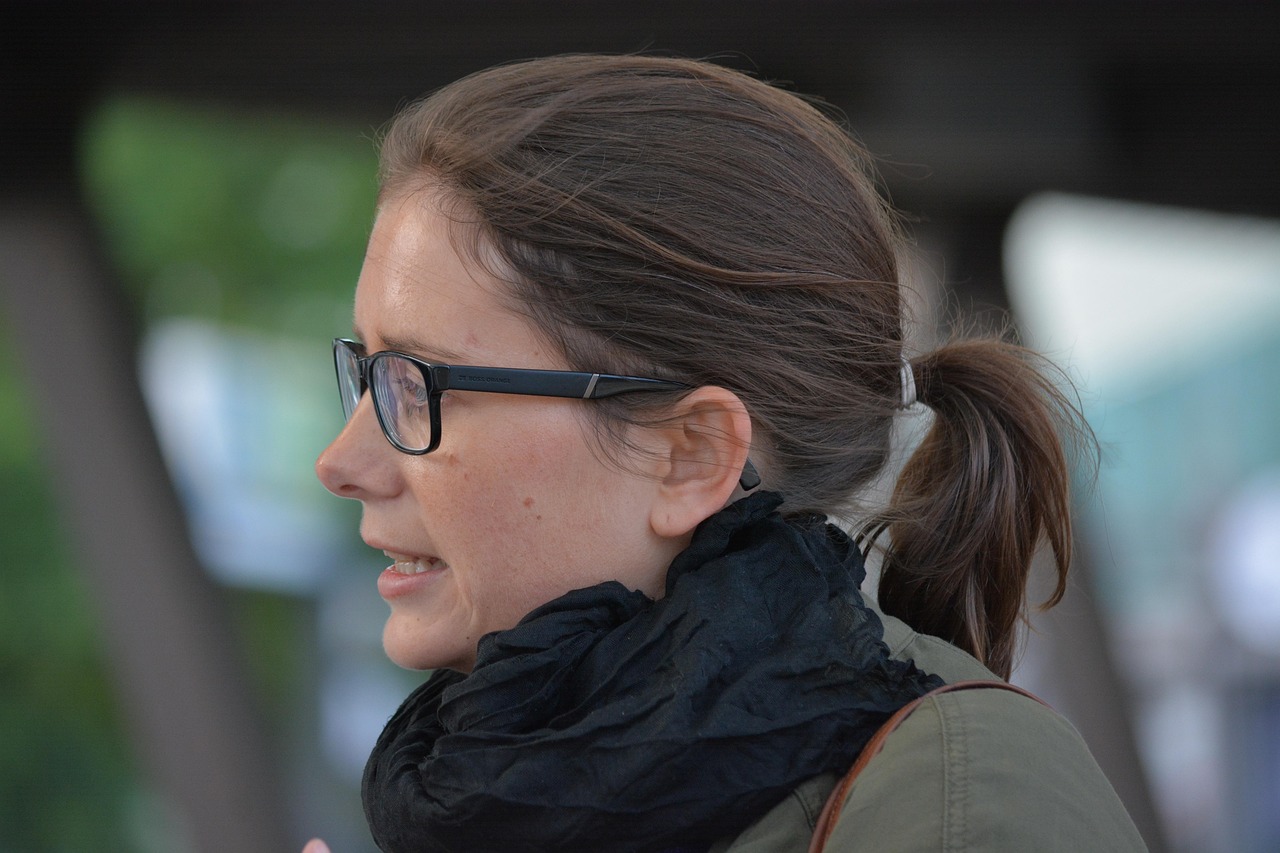What to Do When You Fall in Love with Your Friend: A Practical Guide
Emotional intimacy can happen with a platonic relationship or an intimate one. In some cases, you may start out as friends but then develop romantic...
4 min read
![]() Williamsburg Therapy Group
:
Oct 21, 2024 3:57:07 PM
Williamsburg Therapy Group
:
Oct 21, 2024 3:57:07 PM

As the long, warm days of summer start to get cooler and end sooner, some people find that they start to feel a sense of hopelessness and ennui. This is called seasonal affective disorder, and it can make early winter seem like a never-ending slog. Seasonal depression can be confusing even though it typically occurs about the same times every year, because it can happen to those who aren't usually depressed.
Seasonal affective disorder (SAD) is a type of depression that occurs at the same time every year, typically during the winter months. While summer depression is also a challenge for some people, SAD is often referred to as winter blues or winter depression because of its prevalence during that time of year.
Whether in arrives in summer depression or winter depression mode, seasonal depression is is a mood disorder that affects millions of people worldwide. It is considered a type of major depressive disorder, and like other mood disorders, it can negatively impact your daily life, but it is treatable.
There are some risk factors that you can use to help determine whether you may be more susceptible to seasonal affective disorder (SAD).
The exact cause of seasonal affective disorder is not known, but it is thought to be related to changes in the body’s internal clock and the amount of sunlight a person receives. Experts conjecture that less sunlight and shorter days may be a factor in the development of seasonal affective disorder.
The regulation of melatonin, a sleep-related hormone, in the body has also been linked to seasonal affective disorder.
Seasonal affective disorder symptoms include feelings of sadness, lethargy, and social withdrawal. In addition, people with seasonal affective disorder may experience increased sleep and daytime drowsiness, loss of interest and pleasure in activities, and decreased sex drive.
Other symptoms may include grouchiness, anxiety, feelings of guilt and hopelessness, and physical problems. Symptoms of seasonal affective disorder (SAD) can be similar to those of other mental disorders, such as bipolar disorder or major depressive disorder.
A mental health professional or a healthcare provider can diagnose SAD, and the diagnosis can be made after a careful mental health exam and health history.
Keep in mind that depression often happens with other conditions, such as heart disease or cancer, and may also happen with other mood disorders like bipolar disorder. If you have any of these, you may find yourself experiencing seasonal symptoms.
Treatments for SAD may include light therapy, psychotherapy, and antidepressant medications. Light therapy involves exposure to a bright light, usually in the morning, to help regulate the body’s internal clock. Light therapy is an evidence-based treatment for seasonal affective disorder that has been tested over decades.
Psychotherapy can help change distorted views and improve interpersonal relationship skills. Cognitive behavioral therapy (CBT) is an approach that is often used by professionals to help combat the negative thoughts that come with seasonal depression and is often used alongside light therapy.
In some cases, antidepressant medications may be prescribed, and can help correct a chemical imbalance in the brain.
Light therapy is a treatment for SAD that involves exposure to a bright light, usually in the morning, to help regulate the body’s internal clock. Light therapy can be done at home with a light box or in a healthcare provider’s office. Light therapy can help improve symptoms of SAD, such as trouble sleeping and negative thoughts.
Psychotherapy, also known as talk therapy, is a type of treatment that involves talking with a therapist to manage symptoms of SAD. Cognitive-behavioral therapy (CBT) is a type of psychotherapy that is often used to treat SAD. It involves processing negative emotions, shifting negative thought patterns into healthier directions, and teaching positive coping skills to help improve mood.
Antidepressant medications are sometimes used to treat SAD, especially if symptoms are severe or do not respond to other treatments. Antidepressant medications work by changing the levels of certain chemicals in the brain that affect mood and can help treat SAD symptoms, such as feelings of sadness and hopelessness.
Maintaining a consistent sleep schedule and getting regular exercise can help manage SAD symptoms. Often we don't exercise in fall and winter the way we do in spring and early summer months, and this lack can make depression worse.
Exposure to natural light, even on cloudy days, can help regulate mood. You may also use a light therapy box or a portable light device to keep your sleep patterns on track. Avoid starchy and sweet foods, and eat a variety of fresh fruits and vegetables, proteins, and simple carbohydrates.
In addition, staying connected with friends and family and engaging in social activities can also help manage SAD symptoms. Strong social connections are a protective factor for mood disorders like major depression or bipolar disorder.
If you experience symptoms of seasonal depression, it is essential to seek professional help from a mental health professional. A mental health professional can diagnose SAD and develop a treatment plan to help manage symptoms.
Don’t brush off yearly feelings as simply a case of the “winter blues” or a seasonal funk that you have to tough out on your own. According to the American Psychiatric Association, clinical depression can be dangerous and can affect sleep patterns, work and home life, and general mental health. If you're feeling sad or have depressive episodes in late fall or the winter months, treatment is available.
Whether you experience seasonal depression in early summer or early winter, there are things you can do to feel better. Seasonal affective disorder (SAD) is a type of depression that occurs at the same time every year, typically during late fall or the winter months when there is less sunlight, although these depressive symptoms may show up in spring and summer months as well. With proper treatment and management, it is possible to overcome SAD and improve mental health.
At Williamsburg Therapy Group our team of doctoral-level Brooklyn depression psychotherapists offer a number of evidence-based therapeutic approaches to talk therapy that offer the tools necessary for healing past trauma, managing stress, promoting self-care, and and learning healthy coping skills and habits that can create strong protective factors against seasonal depressive episodes.
If you are experiencing feelings of sadness or hopelessness that impact your ability to function at work or at home, call our patient coordinator to find the right therapist to help you move forward and feel an interest in life again.

Emotional intimacy can happen with a platonic relationship or an intimate one. In some cases, you may start out as friends but then develop romantic...

Some people are naturally assertive, understanding what they want and using their own abilities to ask for what they need. However, many lack...

Most people have days like that every now and then. Days where you may feel sluggish and unhappy, out of control, or dissatisfied with life. However,...